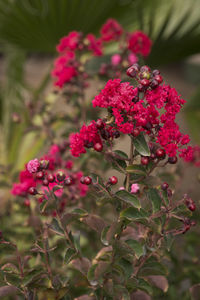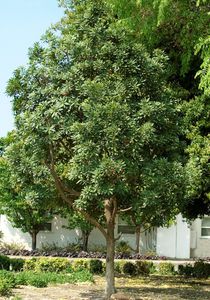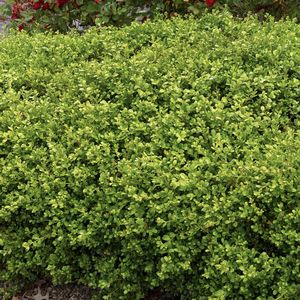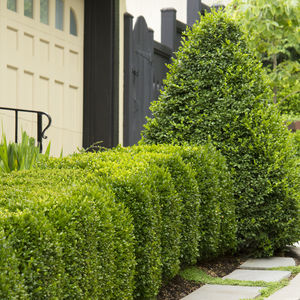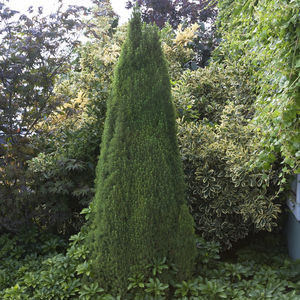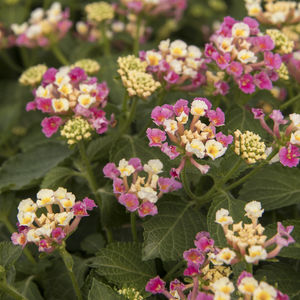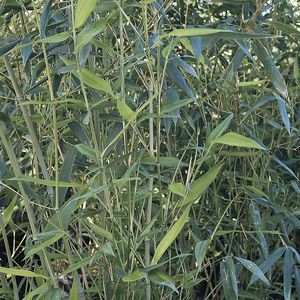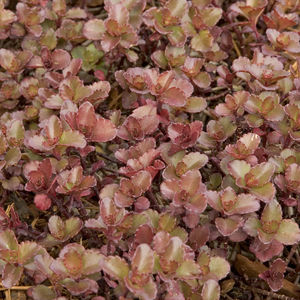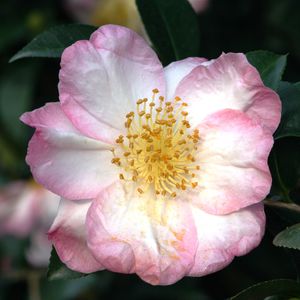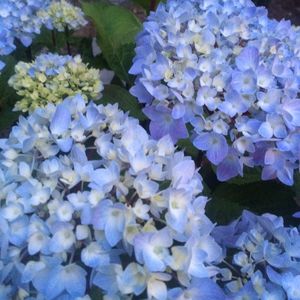

- Products
- Catalogs
- News & Trends
- Exhibitions
Hedge shrub 1383

Add to favorites
Compare this product
Characteristics
- Use
- for hedges
Description
An excellent evergreen shrub for small hedges. Among the hardiest of the small-leaved boxwoods, the rich green foliage can acquire a golden bronze hue in cold winter zones, but is one of the first to become green again in spring. Makes a wonderful addition to formal gardens, providing year-round interest.
Botanical Pronunciation - BUK-sus my-kroh-FIL-uh juh-PON-ih-kuh
Lore
A Latin translation for Buxus is 'box'and the name may have been derived from its use to make small, finely carved boxes known in Greek as pyxos. Buxus is also Latin for flute; it is said that Roman gardener Pliny grew Buxus for making musical instruments. Dating back to 4,000 BC, Egyptians used clipped box hedges in their gardens. In Britain, three burial sites of the Roman era featured coffins lined with sprays of evergreen box. During the reign of Emperor Augustus, villas were planted with boxwood hedging and topiary, and during the reign of Henry V11, it has been written that Tudor gardens featured clipped boxwood knot gardens with thrift or cotton lavender bordering them.
Average Size at Maturity - Reaches 4 to 6 ft. tall and wide.
Bloom Time - Inconspicuous; prized for foliage.
Design Ideas -
This is the classic hedge plant. Its dense, evergreen growth makes it perfect for shearing into a small, formal hedge. Ideal for defining different spaces in the garden or for a tidy foundation cover-up. It is especially lovely against red brick. Use as a partition to divide your front yard or driveway from your neighbor's. Also beautiful as background foliage. Creates lovely topiaries, particularly in cone shapes if planted where it snows.
VIDEO
Related Searches
- Floral plant
- Perennial floral plant
- Garden floral plant
- Pink floral plant
- Flowering shrub
- Red floral plant
- White floral plant
- Purple floral plant
- To cut floral plant
- Deer-resistant floral plant
- Flower bed flowering shrub
- Green plant
- Perennial green plant
- Blue floral plant
- Garden green plant
- Tree
- Mix of colors floral plant
- Red flowers flowering shrub
- Pot green plant
- Pink flowers flowering shrub
*Prices are pre-tax. They exclude delivery charges and customs duties and do not include additional charges for installation or activation options. Prices are indicative only and may vary by country, with changes to the cost of raw materials and exchange rates.

